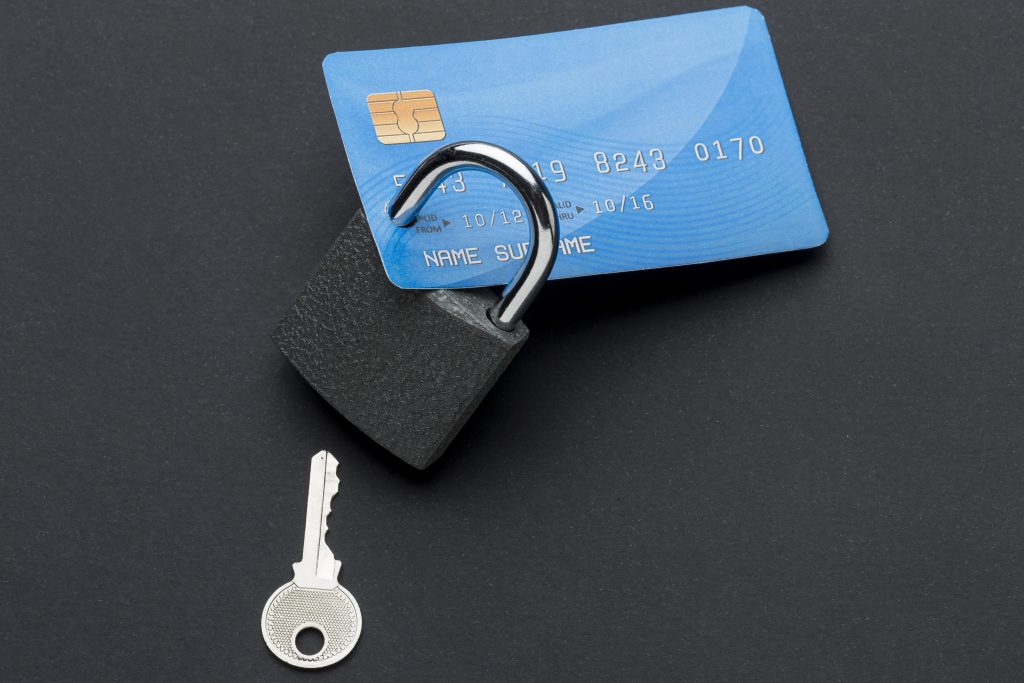Improve your retail security and prevent theft with our exhaustive guide to security tags. Learn how they function, which models exist, and the advantage of having them for stores.
1. Introduction to Security Tags in Retail:
Security tags are now rather valuable for retail loss prevention. These are small, minimally noticeable gadgets installed on products within stores and are meant to stop and report theft. Used together with EAS it is one of the most effective tools to prevent shoplifting and protect expensive items at the same time as not to inconvenience the customers.
2. How Do Security Tags Work?
Security tags operate as detectors that match with EAS systems located at entry and exit points of stores. When a tagged item goes through the given EAS sensors an alarm is triggered to indicate theft by the staff. Every security tag has its own technology for instance magnetic, radio-frequency (RF), or acousto-magnetic (AM), which engage the store’s EAS system to produce an alarm. This interaction ensures that no one moves products out of the store without permission and gives comfort to merchants.
3. Types of Security Tags:
Security tags are of different forms and all of them have special characteristics and applications. Here are the most common types used in retail:
a. Hard Tags
Hard tags are long-lasting and can be used repeatedly and therefore recommended for use where items are most likely to be hijacked. These are common in garments and accessories, jewellery and electronics, and are made of a plastic or metal case and need a screwdriver to open.

b. Soft Tags
Soft tags or sticker tags are even more universal due to their usage on literature publications, cosmetics or items contained in boxes. They are less conspicuous, although very useful for products where the tag might be too large to be conveniently placed within the packaging material.
c. Ink Tags
It is composed of an individual tubular enclosing a drop of highly permanent ink such that upon an attempt to cut off the tag, the ink flows and(various) the item. This type of tag is usually used in conjunction with an ‘hard tag’ for ‘security’ purposes.
d. RFID Tags
RFID tags provide more than security; they can contain inventory information that enables store’s instant replenishment.
e. Benefit Denial Tags
The benefit denial tags are special because they make the stolen items useless, in case they are removed inappropriately. It’s common to associate them with high value electronics, luxury products.
4. Benefits of Using Security Tags in Retail:
Security tags prove advantageous in many ways for retail stores in an attempt to secure inventory while improving customer satisfaction. Some of the most notable
- Theft Deterrence: The paper also demonstrates that shoplifters will be discouraged from stealing just by the presence of a security tag.
- Inventory Protection: This means that through securing of products, retailers can be in a position to lessen shrinkage and defend their earnings margins.
- Enhanced Customer Experience: Hangers serve the purpose of creating an interesting balance between security and comfort, which allows the stores to provide a favourable atmosphere.
- Cost Savings: Less theft means that companies are likely to record less of their stock going missing which in return will lead to increased profitability in the store.
5. Security Tag Removal and Deactivation:
Merchants should have a well-pressed procedure in security tag removal/deactivation in a bid to avert effects these tags impose on customer convenience. Hard tags have to be removed with a particular detacher frequently found at cashier points, while soft tags are neutralised using magnetic or RF. Effective use of deactivation safeguards the consumer against unintended alarms that may have an adverse effect on the shopping experience and may deter returning customers.
6. Choosing the Right Security Tags for Your Store:
What kind of security tags should be used will depend on factors such as the type and the location of the products to be secured, and likelihood of pilferage. Luxury brands may opt to use RFID tags for the acquisition of stores while other merchandising stores may use both hard tags and soft tags depending on the types and prices of everything that they sell. To implement security solutions to match a particular retailer’s requirements, it is advisable to meet a loss prevention expert.
7. Security Tags and Customer Experience:
Although security tags are very important when it comes to securing our products from theft, they have to be selected with convenience. Some hard tags that are big or complicated to remove may be a nuisance to customers while checking out, which is not good. Thus, selecting the thin and efficient tags, retailers can provide maximal customers’ comfort while creating a secure environment.
8. Preventing Tag Tampering and Removal:
The biggest problem with security tags is that there is always a high likelihood of the tag being damaged or removed by the thief. Professional tags are manufactured in a way that alters can only be removed by a professional by means of certain techniques. Furthermore, using benefit denial tags will prevent attempts as the product loses its functionality if someone tries to interfere with it. Another procedure helps in detecting and responding to suspicious behaviour is staff training.
9. Common Industries That Use Security Tags:
- While we can primarily observe security tags at stores, a number of other industries can also benefit from their application. Here are some examples:
- Apparel and Fashion: To prevent Clothing & Accessories from being stolen.
- Electronics and Gadgets: These are valuable business properties usually subjected to theft.
- Pharmacies: Security tags can be useful in the protection of over the counter drugs over the counter medications and beauty products.
- Bookstores: A particular signal of armoury staples from high worth books and boxed sets.
- Luxury Goods: Ordinary security tags are used commonly and these tags are used on high end products like jewelries and so on.
10. Innovations in Security Tag Technology:
Although security tagging has come a long way it has only improved in functionality; the technology improves them. For example, the RFID technology firstly ensures the security of assets but at one and the same time offers an inventory solution. Some of the new-generation tags are even being developed using environmentally sensitive materials to meet the emerging issues of sustainability by retail. In addition, while security tags are used, new technology allows them to be linked up with business analytics and present information on customers and store traffic, which assist in raising both security and sales levels.
Conclusion:
Security tagging is one of the most effective security solutions to retail security, a problem that has been around for quite some time. Through correct tag choices and strategic EAS system installation, retailers ensure their inventory security as well as avoidance of losses in addition to offering secure customer experience for shopping. An increasingly important feature of the retail industry that security tags bring is that as technology develops, stores will become even safer and more productive. In any case, with retail crime continually on the rise, it is important for any retailer to improve on their current security measures; quality security tags are definitely a good move in the right direction.



